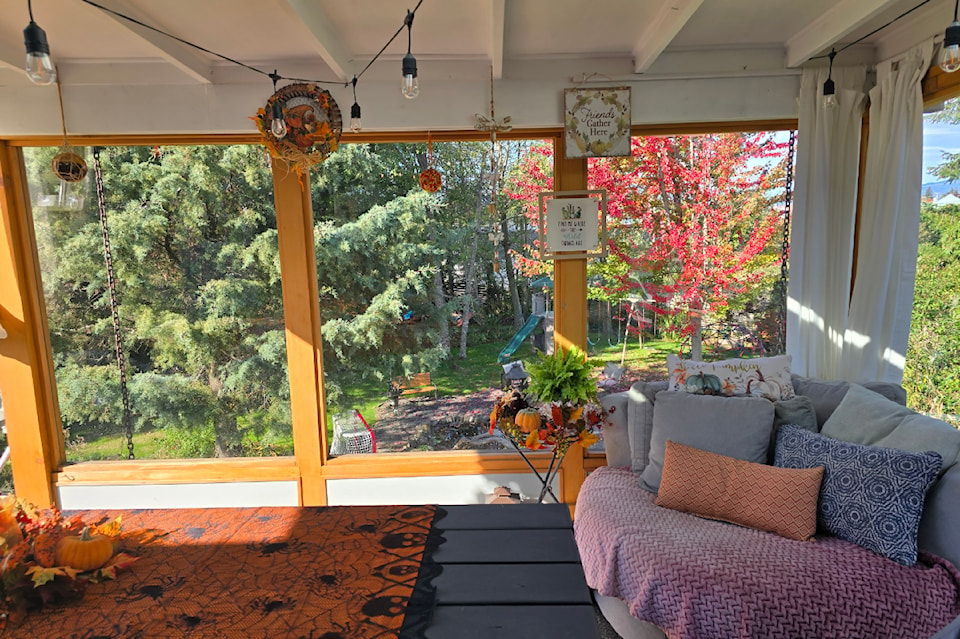Lifestyle
Transforming Homes: The Impact of Therapeutic Design on Well-Being

Our living environments play a crucial role in shaping our mental well-being, influencing how we manage daily stress. Research indicates that the design and organization of our homes can significantly affect our emotions and coping mechanisms. This concept, known as therapeutic design, underscores the importance of creating spaces that promote emotional self-regulation.
Studies have shown that cluttered or poorly organized areas can exacerbate feelings of frustration and anxiety. Environments that harbor unresolved stress tend to enhance negative emotions rather than alleviate them. To combat this, individuals can create dedicated spaces within their homes that encourage self-regulation, which is the ability to manage emotions, focus attention, and adapt behavior to different situations.
Simple Solutions for a Calmer Home
These self-regulation spaces need not be elaborate or costly. A simple reading chair, a meditation nook, or a sunlit corner can serve as effective tools for fostering calm and balance. For children, particularly those with sensory sensitivities, creating a small play area with items like a swing or tent can help regulate their nervous systems. Teens might benefit from a secluded spot where they can journal or listen to music, providing them an escape from daily pressures.
Adults also require areas that promote mental clarity. Clutter-free zones allow individuals to reset after navigating the demands of work and family life. Even minor adjustments, such as transforming overlooked corners into calming retreats, can signal to the mind and body that it is safe to slow down and rejuvenate.
Research has consistently shown that these intentional design choices can lead to improved emotional health. For example, a study by the University of California found that individuals who engage in mindfulness practices in designated spaces report lower levels of anxiety and higher overall life satisfaction.
By integrating therapeutic design into everyday living spaces, individuals can cultivate environments that enhance resilience and well-being. This approach not only helps in managing stress but also fosters a sense of safety and security at home. The benefits of these changes extend beyond mere aesthetics; they offer practical tools for navigating life’s challenges.
In summary, embracing therapeutic design in our homes is not just a trend but a necessary step towards fostering mental well-being. As we reconsider how we arrange our living spaces, we unlock the potential for greater balance and a healthier emotional landscape.
-

 Science3 months ago
Science3 months agoToyoake City Proposes Daily Two-Hour Smartphone Use Limit
-

 Top Stories3 months ago
Top Stories3 months agoPedestrian Fatally Injured in Esquimalt Collision on August 14
-

 Health3 months ago
Health3 months agoB.C. Review Reveals Urgent Need for Rare-Disease Drug Reforms
-

 Technology3 months ago
Technology3 months agoDark Adventure Game “Bye Sweet Carole” Set for October Release
-

 World3 months ago
World3 months agoJimmy Lai’s Defense Challenges Charges Under National Security Law
-

 Lifestyle3 months ago
Lifestyle3 months agoVictoria’s Pop-Up Shop Shines Light on B.C.’s Wolf Cull
-

 Technology3 months ago
Technology3 months agoKonami Revives Iconic Metal Gear Solid Delta Ahead of Release
-

 Technology3 months ago
Technology3 months agoApple Expands Self-Service Repair Program to Canada
-

 Technology3 months ago
Technology3 months agoSnapmaker U1 Color 3D Printer Redefines Speed and Sustainability
-

 Technology3 months ago
Technology3 months agoAION Folding Knife: Redefining EDC Design with Premium Materials
-

 Technology3 months ago
Technology3 months agoSolve Today’s Wordle Challenge: Hints and Answer for August 19
-

 Business3 months ago
Business3 months agoGordon Murray Automotive Unveils S1 LM and Le Mans GTR at Monterey









